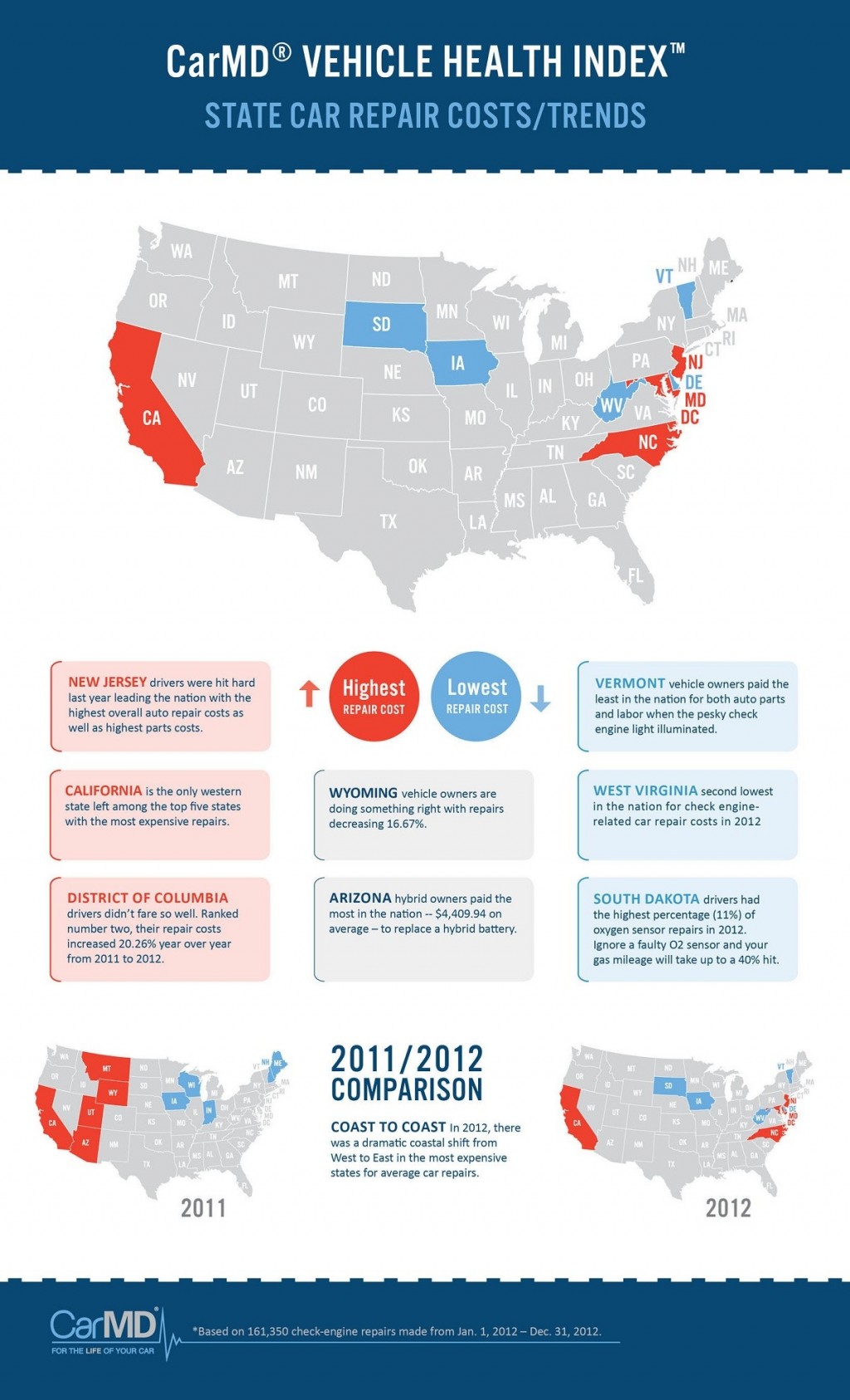Comprehending Your Cars And Truck'S Warning Lighting: What Do They Actually Mean?
Comprehending Your Cars And Truck'S Warning Lighting: What Do They Actually Mean?
Blog Article
Web Content Writer-Lim Corbett
When you're behind the wheel, those beautiful warning lights on your control panel can be a bit difficult. Do you recognize what they're attempting to inform you about your auto's wellness? Recognizing the value of these lights is vital for your safety and the durability of your car. So, the following time one of those lights appears, wouldn't you want to decode its message properly and take the required actions to address it?
Common Caution Lighting and Interpretations
Recognize typical warning lights in your automobile and recognize their meanings to ensure safe driving.
The most normal caution lights consist of the check engine light, which signifies concerns with the engine or emissions system. If this light comes on, it's important to have your automobile examined without delay.
The oil pressure cautioning light shows low oil pressure, requiring prompt interest to prevent engine damages.
A blinking battery light may suggest a malfunctioning billing system, potentially leaving you stranded otherwise resolved.
The tire stress monitoring system (TPMS) light informs you to low tire pressure, impacting vehicle stability and gas efficiency. Overlooking this could cause harmful driving conditions.
The abdominal light shows a problem with the anti-lock braking system, jeopardizing your capacity to quit quickly in emergency situations.
Lastly, the coolant temperature level advising light warns of engine overheating, which can lead to extreme damages if not settled promptly.
Understanding these common warning lights will aid you resolve concerns immediately and keep risk-free driving problems.
Significance of Prompt Attention
Comprehending the usual warning lights in your automobile is only the primary step; the importance of immediately resolving these warnings can't be highlighted sufficient to ensure your safety when driving.
When a caution light brightens on your control panel, it's your car's means of interacting a possible problem that requires interest. Ignoring these cautions can cause more serious problems later on, endangering your safety and security and potentially costing you much more out of commission.
Prompt interest to alerting lights can stop break downs and accidents. For https://brakeservice62839.blog2news.com/31795752/a-comprehensive-source-for-locating-trustworthy-auto-repair-solutions-near-you , a blinking check engine light can show a misfire that, if left neglected, might cause damage to the catalytic converter. Addressing this without delay can conserve you from a costly repair work.
Similarly, a brake system advising light might signify low brake liquid or worn brake pads, essential components for your security when driving.
Do It Yourself Troubleshooting Tips
If you see a warning light on your dashboard, there are a couple of DIY troubleshooting ideas you can attempt before looking for specialist assistance.
The first step is to consult your cars and truck's guidebook to understand what the certain warning light shows. Occasionally the concern can be as easy as a loosened gas cap causing the check engine light. Tightening up the gas cap may resolve the issue.
boat wash near me is a low battery, which can activate numerous advising lights. Checking the battery connections for deterioration and guaranteeing they're safe may repair the problem.
If a warning light continues, you can attempt resetting it by detaching the car's battery for a couple of minutes and then reconnecting it. Additionally, checking your car's fluid levels, such as oil, coolant, and brake fluid, can aid repair cautioning lights associated with these systems.
Conclusion
To conclude, understanding your auto's caution lights is necessary for keeping your vehicle running smoothly and securely. By quickly dealing with these signals and recognizing what they suggest, you can avoid costly repair services and potential malfunctions.
Remember to consult your car's manual for certain information on each advising light and do something about it appropriately to guarantee a trouble-free driving experience.
Stay educated, stay safe when traveling!
